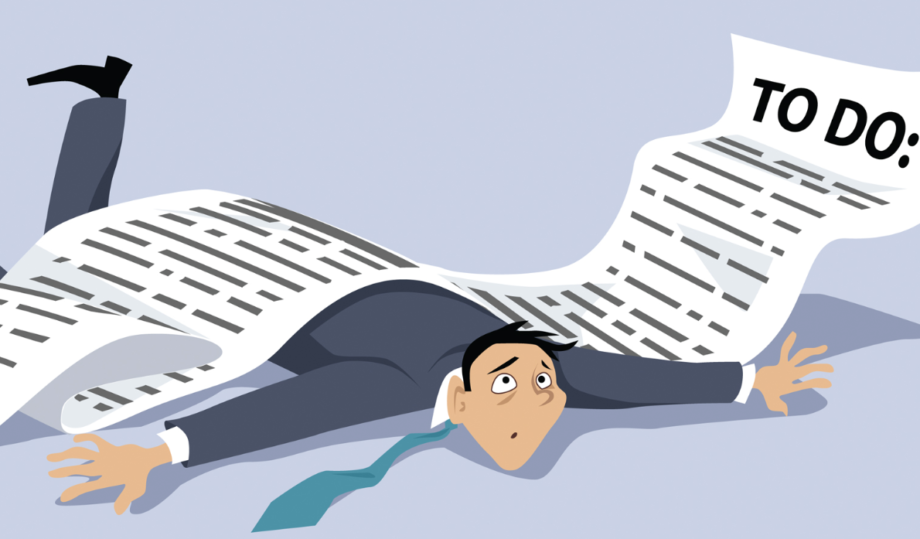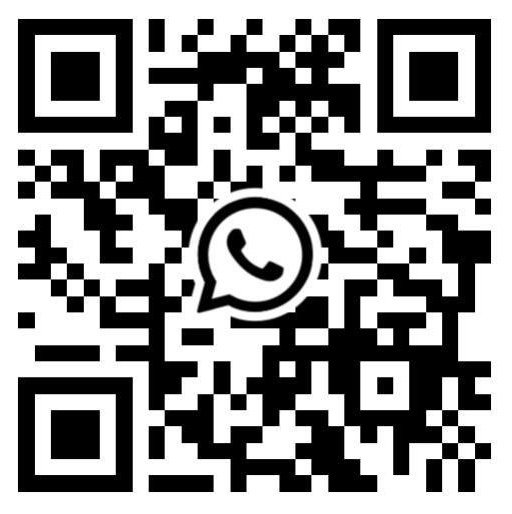A to-do list is meant to help you stay organized and productive, but when it starts to feel like it’s running your life, something needs to change. If you constantly feel overwhelmed, guilty for unfinished tasks, or like your list is never-ending, it may be time to rethink how you manage your priorities. Here’s how to take back control and create a system that works for you—not against you.
The Problem with Never-Ending To-Do Lists
Many people create to-do lists expecting them to bring clarity and efficiency, but instead, they become a source of stress. Here’s why:
- Lists Keep Growing – As soon as you cross one thing off, another task appears.
- They Create a Sense of Incompletion – A long list can make it feel like you’re never doing enough.
- They Prioritize Tasks Over Well-being – You might be checking off boxes but neglecting self-care, relationships, or relaxation.
- They Encourage Busyness Instead of Effectiveness – Having a full schedule doesn’t always mean you’re focusing on what truly matters.
If this sounds familiar, it’s time to rethink your approach.
1. Shift from a To-Do List to a Priority List
Not all tasks are created equal. Instead of treating everything as equally urgent, try this:
- The Rule of Three – Each day, choose three key tasks that will have the biggest impact.
- Identify Your MITs (Most Important Tasks) – Focus on tasks that align with your bigger goals rather than just the ones that feel urgent.
- Let Go of Low-Impact Tasks – Ask yourself: Will this task matter in a week? A month? If not, reconsider whether it even belongs on your list.
2. Set Boundaries with Your List
If your to-do list is controlling your life, you may be overloading yourself. Set limits:
- Cap Your Daily Tasks – Avoid more than five key tasks per day to prevent burnout.
- Schedule Tasks Realistically – Instead of listing 15 tasks in one day, spread them out over the week.
- Have a Stopping Time – Choose a time in the evening when you stop checking your list and allow yourself to unwind.
3. Differentiate Between Must-Do and Nice-to-Do
Your list may be packed with things that aren’t truly necessary. Use this system:
- Must-Do: Urgent, essential, and aligned with your personal or work goals.
- Nice-to-Do: Optional tasks that won’t cause major consequences if delayed or skipped.
- Eliminate What’s Neither – If a task isn’t adding value to your life, it’s clutter. Let it go.
4. Learn to Say No and Delegate
Overcommitting leads to overwhelm. If your list is unmanageable, ask:
- Can someone else handle this? – Delegate tasks when possible.
- Does this task align with my priorities? – If not, consider saying no.
- Is this self-imposed? – Many tasks come from unnecessary obligations we place on ourselves.
5. Replace Guilt with Flexibility
Feeling bad about unfinished tasks is counterproductive. Instead:
- Allow for Imperfection – Life is unpredictable; plans change.
- Adjust Instead of Abandoning – If you didn’t complete a task today, reassess and move it to a more realistic time.
- Celebrate Progress, Not Just Completion – Even small steps forward matter.
6. Use Time Blocks Instead of Endless Lists
A to-do list doesn’t account for time constraints. Instead of working from an open-ended list, try:
- Time Blocking – Assign time slots for tasks so they don’t spill over into your entire day.
- The Pomodoro Technique – Work in focused 25-minute bursts with breaks.
- Theme Days – Assign certain tasks to specific days (e.g., Mondays for admin, Fridays for creative work).
7. Use the 1-3-5 Rule to Simplify Your Day
One of the biggest reasons to-do lists become overwhelming is that they are often too long and unrealistic. Instead of listing every single thing you could do, the 1-3-5 Rule helps you focus on what truly matters.
Here’s how it works:
- 1 Big Task – The most important thing to complete today
- 3 Medium Tasks – Secondary priorities that move things forward
- 5 Small Tasks – Quick, minor actions that support progress
This method forces you to prioritize instead of just reacting to an endless list of tasks. It also helps with ADHD-friendly task management, making sure you don’t get stuck in decision paralysis or burnout.A to-do list doesn’t account for time constraints. Instead
8. Replace “Should” with “Want”
If your to-do list feels like a guilt trip, reframe how you write tasks. Instead of:
🚫 “I should clean the house.”
✅ “I want a tidy, peaceful space, so I’ll clean for 10 minutes.”
This shift turns obligations into choices, making them feel less like a burden and more like a decision.
9. Allow Room for Spontaneity & Rest
A to-do list should support your life, not replace it. Overloading your schedule kills creativity, motivation, and even productivity in the long run.
Here’s how it works:
- Schedule blank time: Leave gaps for unexpected events or rest.
- Celebrate small wins: Acknowledge progress instead of just focusing on what’s next.
- Remember why you’re doing this: Life isn’t just about ticking boxes—it’s about enjoying the process.
10. Seek Support When You Need It
If your to-do list is controlling your life, personal growth coaching can help you break free from overwhelm and create a system that actually works for you. If your to-do list is dictating your life, you might not be making time for what truly matters—your personal growth. A Personal Growth Coach can help you:
- Gain Clarity on Your Priorities – Identify what truly deserves your time and attention.
- Break Free from Overwhelm – Learn strategies to work smarter, not harder.
- Develop Sustainable Productivity Habits – Shift from reactive task management to intentional action.
Related: Reduce Overwhelm with 10 Unique Strategies
Conclusion
If you’re ready to regain control and build a system that supports both your productivity and well-being, Personal Growth Coaching can help. You don’t have to figure it all out alone—let’s create a plan that works for you.
FAQs
How do I know if my to-do list is controlling my life?
If you feel constant stress, guilt, or exhaustion from your tasks and struggle to enjoy life beyond productivity, your list may be controlling you rather than serving you.
What if I still have too much to do?
Prioritization is key. Focus on the tasks that have the biggest impact, delegate what you can, and eliminate unnecessary obligations.
How can I stop feeling guilty about unfinished tasks?
Acknowledge that no one can do everything. Shift your focus from perfection to progress, and allow yourself flexibility in adjusting your tasks.
Is self-reflection only for personal growth, or can it help professionally too?
Personal Growth Coaching helps you develop systems that work for you, identify what truly matters, and break free from the cycle of overwhelm so you can live a more balanced, fulfilling life.
Taking control of your to-do list doesn’t mean abandoning productivity—it means making it work for you. If you’re ready to shift from overwhelmed to empowered, book a session today.
What is a good to-do list?
A good to-do list is clear, realistic, and prioritized, focusing on meaningful tasks rather than just busywork. It should support, not overwhelm you.
Does a to-do list help ADHD?
Yes, but traditional lists can be overwhelming. ADHD-friendly lists use short tasks, visuals, and flexibility, like time-blocking or the 1-3-5 rule. The 1-3-5 Rule is a method you can try: one big task, three medium tasks, and five small tasks per day to maintain balance and productivity.
What is the rule of 3 to-do list?
The Rule of 3 means setting three key tasks per day—one big, two smaller—to stay focused and avoid overwhelm while making real progress.


